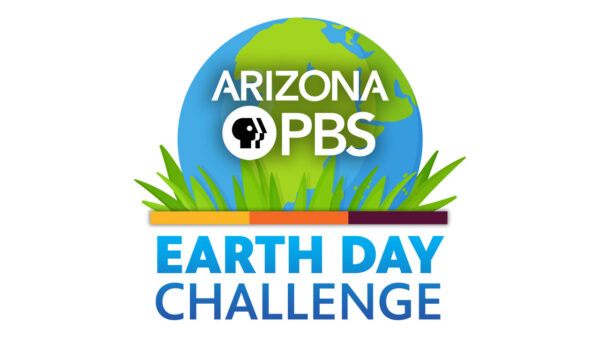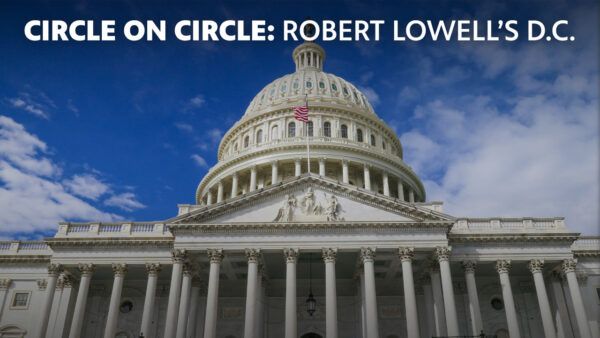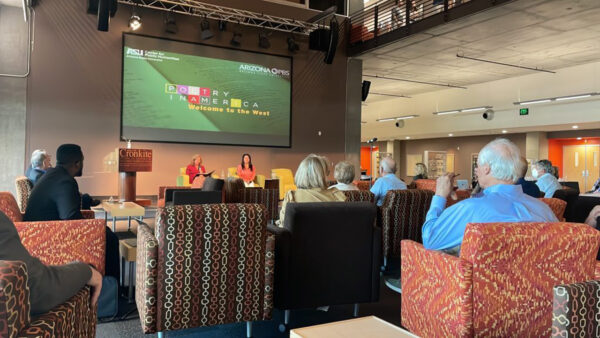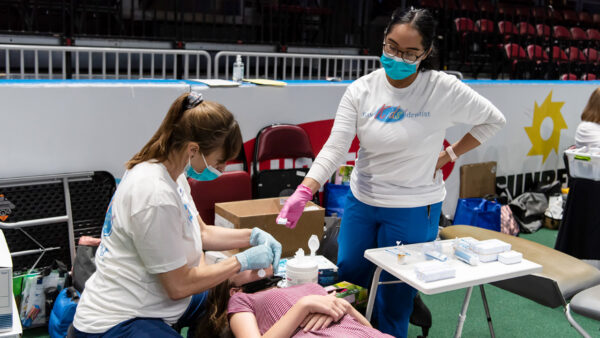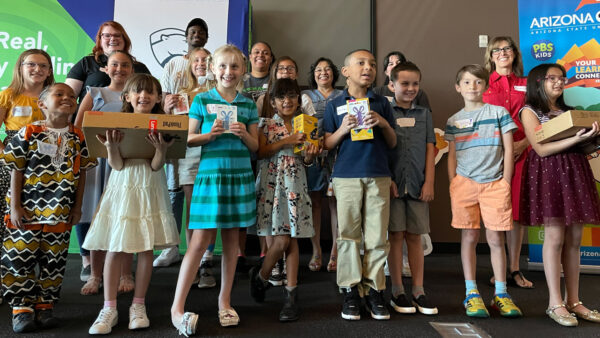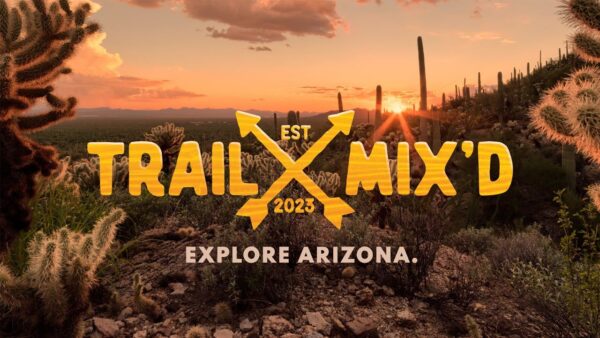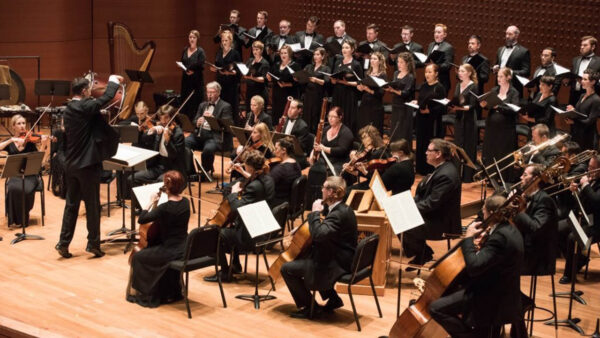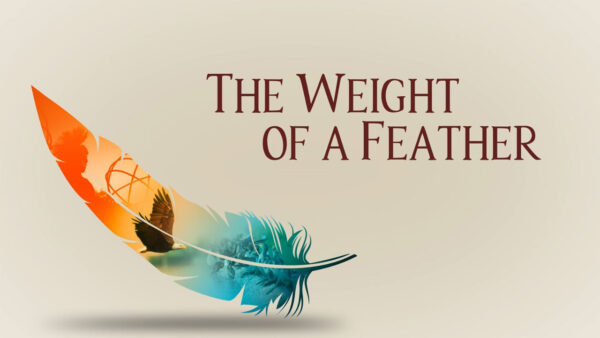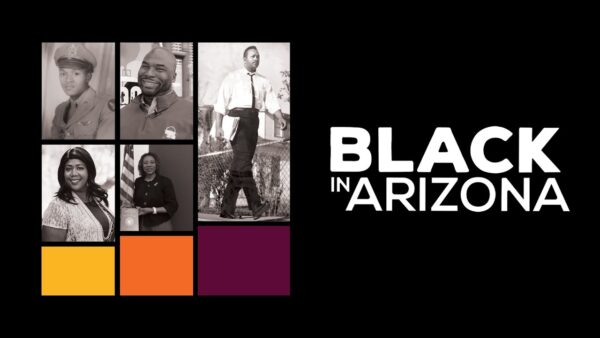Nature “Kangaroo Mob”
Jan. 11, 2012
Exclusive content and streaming episodes available at pbs.org/nature
In the past 50 years, the eastern gray kangaroo population around Canberra, Australia’s capital city, has exploded from a few hundred to tens of thousands. Forced from the surrounding drought-stricken hills, hungry kangaroos have done their best to adapt to city life, dining on city parks and suburban lawns— though they do pay a price for their meals. Each year, thousands of kangaroos lose their lives in collisions with cars on busy roads, causing injuries and property damage of more than a million dollars in the process. Overgrazing by large numbers of kangaroos has also created stress on the environment they have overrun. It’s all led to a government policy of culling, and an emotional public dispute between those who support reducing kangaroo numbers and those who are appalled at the prospect of killing this famous and beloved Australian icon. Can they be relocated, or can their numbers be controlled through forced contraception? Nature “Kangaroo Mob” airs Wednesday, January 11, 2012 at 7 p.m. on Eight, Arizona PBS.
Following the stories of several urban kangaroos in the study, Nature reveals how they manage to survive in the city. Kangaroo Mob, narrated by Chris Morgan, profiles a new generation of metropolitan marsupials and the ongoing debate on how to manage them. After broadcast, the episode will stream online with additional content at pbs.org/nature.
In their year-long study of the kangaroo mob, government ecologists Don Fletcher and Claire Wimpenny track 25 kangaroos using GPS equipment, keeping close tabs on their comings and goings. Analyzing the data retrieved from radio-collars, they are able to put together a map of where and when the kangaroos forage for food. Their evening forays into the suburbs to feed on backyard lawns and gardens and visits to local football fields to graze are consequential, as an adult kangaroo consumes as much as five pounds of grass a day.
Black Spot, fully grown at over six feet tall, is the mob’s dominant male. Having fathered most of the joeys in his group, he must contend with young bucks looking for a chance to succeed him. In the same mob, Madge teaches her son Sonny about city life, while also carrying a second joey named Alice, now safely nursing in her pouch. But research indicates that 70% of young joeys in this area don’t survive to adulthood, falling victim to starvation, predation, or disease. The mob also faces the cull, in which an estimated 2,000 kangaroos are projected to be killed.
Supporting a completely different way to control kangaroo numbers are Rosemary Austen and Steve Garlick, who manage a sanctuary set up to rescue and rehabilitate injured and orphaned kangaroos, and ultimately to relocate and release them in the wild. In the more than ten years they have been in operation, the two have taken in more than a thousand ailing animals and nursed them to health, getting to know each of them well.
At the end of their one-year study, Don and Claire come to the conclusion that, contrary to common belief, kangaroos are rather smart and road-savvy. These urban kangaroos are in fact adapting surprisingly well to living side by side with humans, and they are sharing their new survival skills with the next generation.
)

